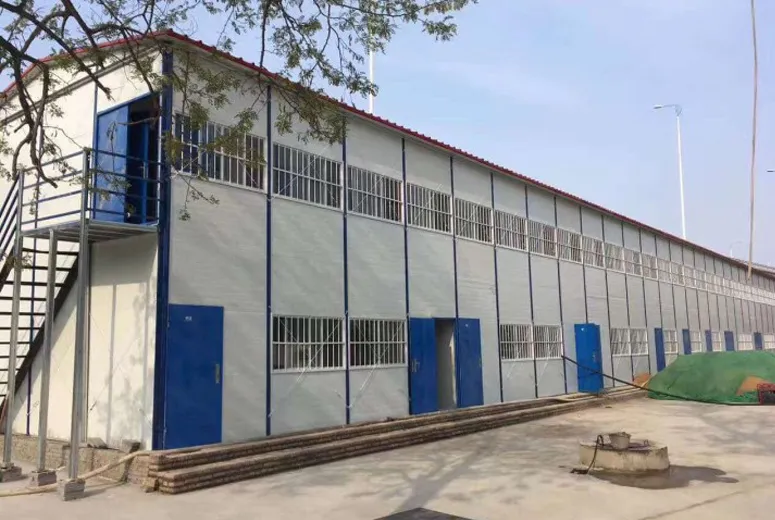- Afrikaans
- Albanian
- Amharic
- Arabic
- Armenian
- Azerbaijani
- Basque
- Belarusian
- Bengali
- Bosnian
- Bulgarian
- Catalan
- Cebuano
- Corsican
- Croatian
- Czech
- Danish
- Dutch
- English
- Esperanto
- Estonian
- Finnish
- French
- Frisian
- Galician
- Georgian
- German
- Greek
- Gujarati
- Haitian Creole
- hausa
- hawaiian
- Hebrew
- Hindi
- Miao
- Hungarian
- Icelandic
- igbo
- Indonesian
- irish
- Italian
- Japanese
- Javanese
- Kannada
- kazakh
- Khmer
- Rwandese
- Korean
- Kurdish
- Kyrgyz
- Lao
- Latin
- Latvian
- Lithuanian
- Luxembourgish
- Macedonian
- Malgashi
- Malay
- Malayalam
- Maltese
- Maori
- Marathi
- Mongolian
- Myanmar
- Nepali
- Norwegian
- Norwegian
- Occitan
- Pashto
- Persian
- Polish
- Portuguese
- Punjabi
- Romanian
- Russian
- Samoan
- Scottish Gaelic
- Serbian
- Sesotho
- Shona
- Sindhi
- Sinhala
- Slovak
- Slovenian
- Somali
- Spanish
- Sundanese
- Swahili
- Swedish
- Tagalog
- Tajik
- Tamil
- Tatar
- Telugu
- Thai
- Turkish
- Turkmen
- Ukrainian
- Urdu
- Uighur
- Uzbek
- Vietnamese
- Welsh
- Bantu
- Yiddish
- Yoruba
- Zulu
Nov . 22, 2024 05:15 Back to list
Design of Steel Trusses for Roofing
The design of steel trusses for roofing applications is a critical aspect of modern architecture and civil engineering, merging functionality with aesthetic appeal. Steel trusses play a pivotal role in providing structural support, enabling expansive open spaces, and enhancing the overall durability and resilience of roofing systems. This article explores the fundamental principles, advantages, and design considerations involved in the development of steel trusses for roofing.
Understanding Steel Trusses
A truss is a framework, typically comprised of triangular units, which allows for the distribution of weight and forces across a structure. Steel trusses are particularly popular due to their high strength-to-weight ratio and ability to span large distances without the need for intermediate supports. This characteristic makes them ideal for roofing applications, such as in warehouses, shopping malls, airports, and industrial facilities.
Advantages of Steel Trusses
1. Strength and Durability Steel has inherent properties that provide high strength, making it capable of withstanding heavy loads, varying weather conditions, and natural disasters. This durability contributes to the longevity of the structure, reducing maintenance costs over time.
2. Design Flexibility The versatility of steel trusses allows architects and engineers to create innovative designs that can accommodate different aesthetic needs and environmental settings. The ability to fabricate trusses in various shapes and sizes means that they can meet specific project requirements effectively.
3. Cost-Effectiveness Although the initial cost of steel may be higher than that of other materials, the long-term cost benefits can be significant. Factors such as reduced labor costs due to faster installation and lower maintenance expenses contribute to the overall economic advantage of steel trusses over time.
4. Sustainability Steel is a recyclable material, making it an environmentally friendly option. The use of steel in construction supports sustainability goals and helps minimize the environmental impact of building processes.
design of steel trusses for roofing

Design Considerations
Designing steel trusses for roofing requires careful consideration of several factors to ensure structural integrity, safety, and functionality
1. Load Analysis Understanding the types of loads that the truss will be subjected to is fundamental. This includes dead loads (the weight of the structure itself), live loads (occupants, equipment, snow, etc.), and environmental loads (wind, seismic activity). Accurate load calculations inform the choice of truss type, size, and material specifications.
2. Truss Configuration The configuration of the truss is crucial to its performance. Common designs include the Pratt, Warren, and Howe trusses, each with its unique characteristics and applications. The choice of configuration will influence the distribution of stress and the efficiency of material use.
3. Material Selection While the primary material may be steel, considerations regarding its grade, coating (for corrosion resistance), and connection types (welded vs. bolted) are critical. Selecting the appropriate materials ensures that the truss will meet performance requirements and comply with relevant codes and standards.
4. Connection Design Connections are integral to the overall stability of a truss system. Properly designed connections help to transfer loads effectively while minimizing stress concentrations. Techniques such as moment connections, pin connections, or gusset plates may be employed depending on the design needs.
5. Building Codes and Standards Adherence to local building codes and standards is essential during the design process. These regulations dictate the minimum requirements for safety and performance, ensuring that the structure can withstand anticipated loads throughout its lifespan.
Conclusion
Steel trusses offer a robust solution for roofing in a variety of applications, characterized by their strength, flexibility, and cost-effectiveness. The design of steel trusses is a complex interplay of engineering principles, material science, and architectural creativity, requiring an in-depth understanding of load dynamics, structural behavior, and applicable codes. As the demand for innovative and sustainable building solutions continues to grow, steel trusses will undoubtedly play a significant role in shaping the future of the construction industry, enabling the creation of safe, functional, and aesthetically pleasing structures that meet the needs of modern society.
-
How Do Prefabricated Steel Structures Transform Modern Construction?
NewsJul.14,2025
-
How Do Prefabricated Metal Buildings Redefine Modern Construction?
NewsJul.14,2025
-
How Do Prefab Insulated Metal Buildings and Steel Structures Revolutionize Modern Construction?
NewsJul.14,2025
-
How Do Pre - Engineered Steel Structures Redefine Modern Construction?
NewsJul.14,2025
-
Advancing Modular Construction with Prefabricated Metal Structures
NewsJul.14,2025
-
Advancing Industrial Infrastructure with Prefabricated Steel Solutions
NewsJul.14,2025
Products categories
Our Latest News
We have a professional design team and an excellent production and construction team.












